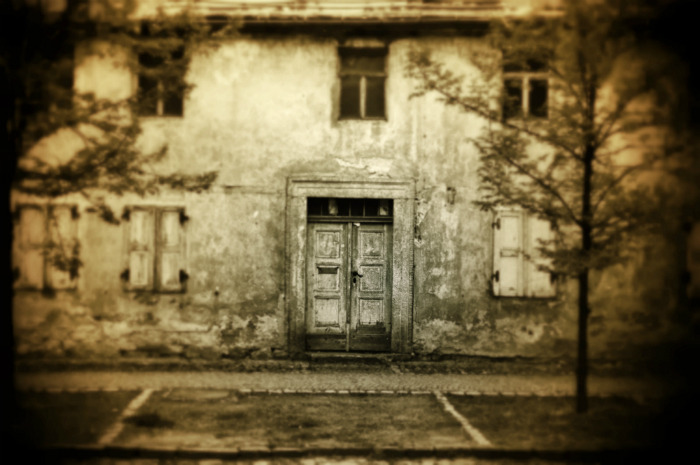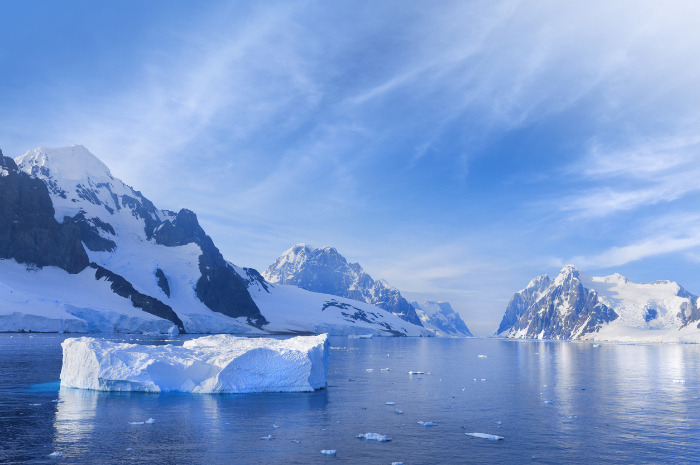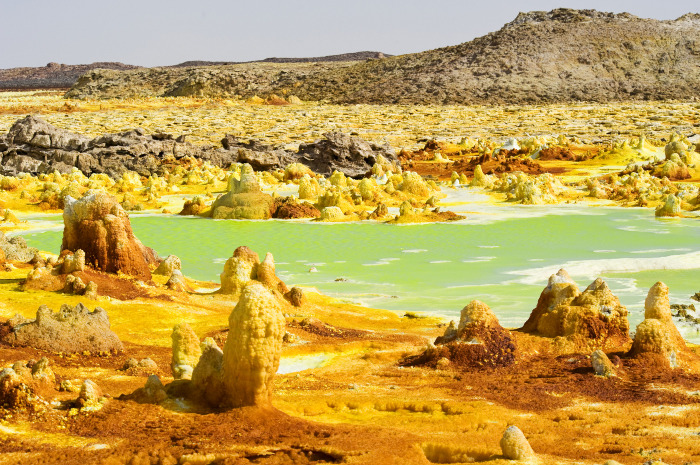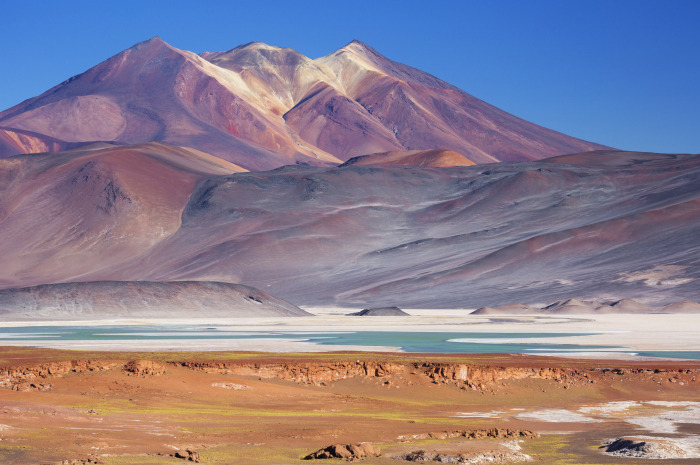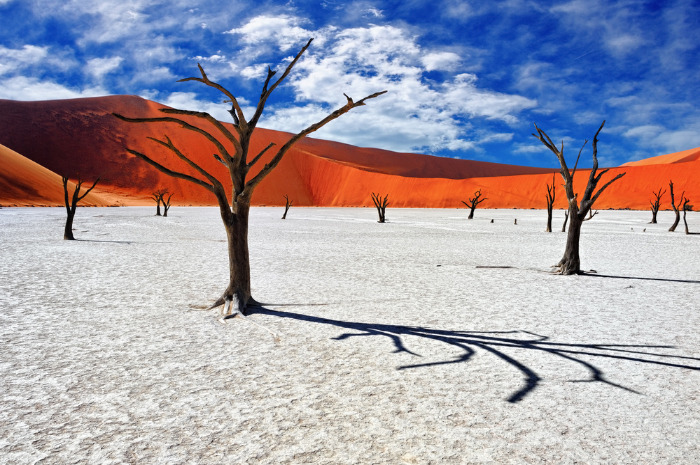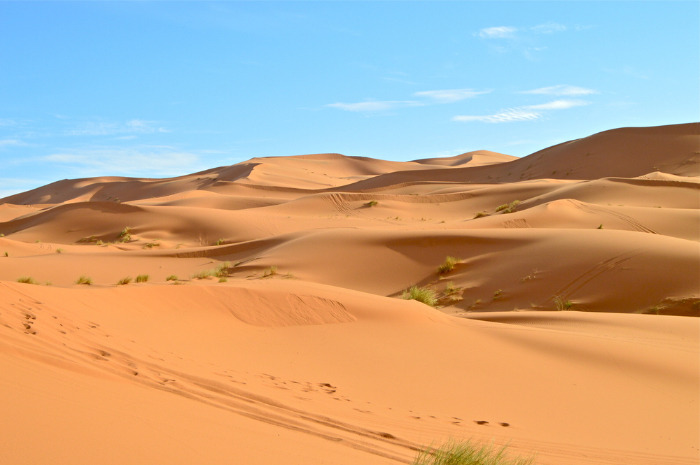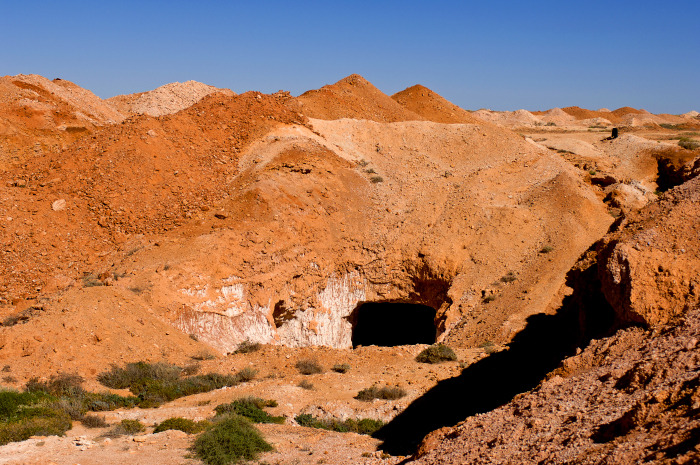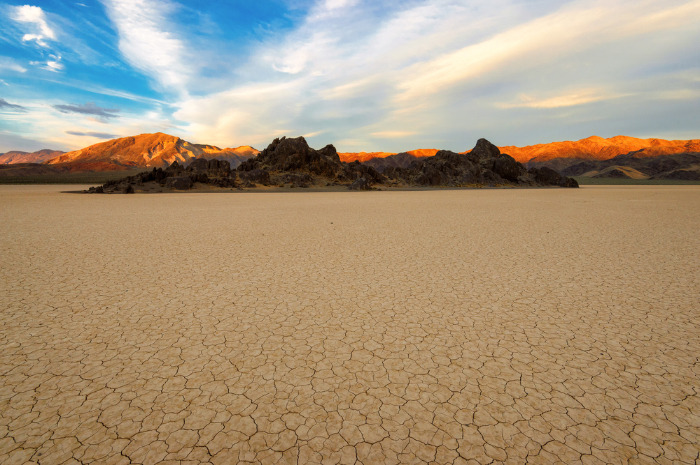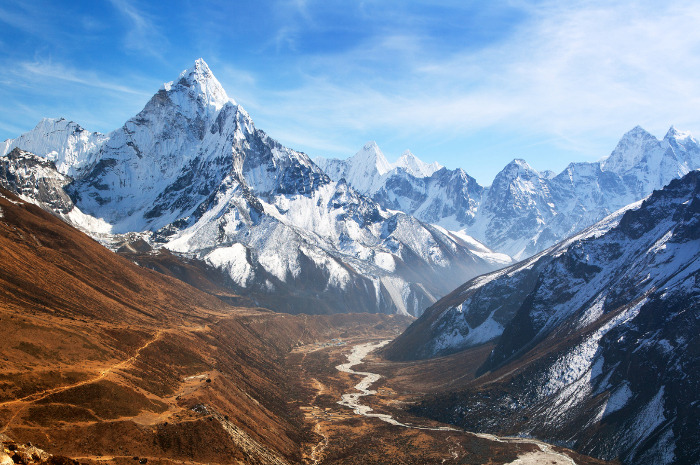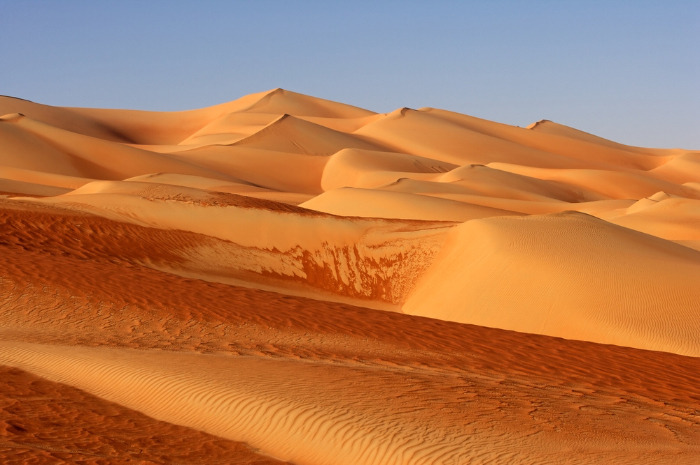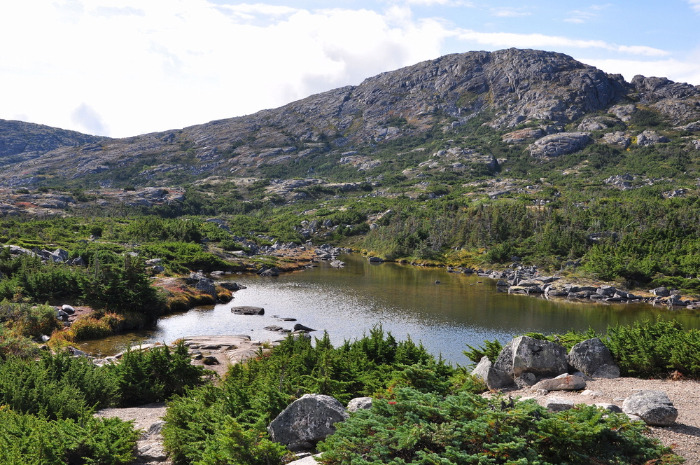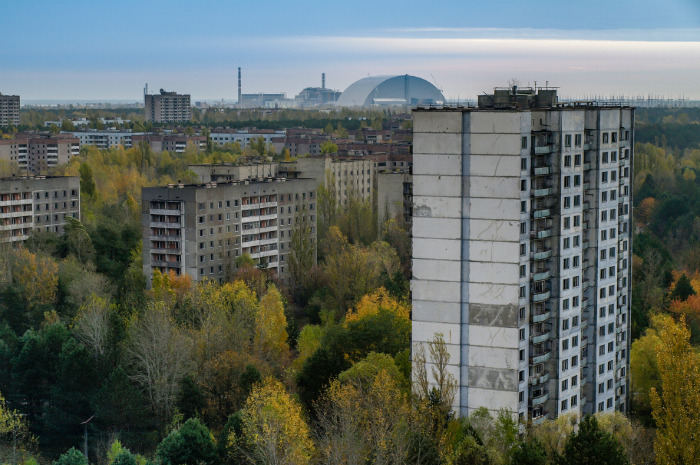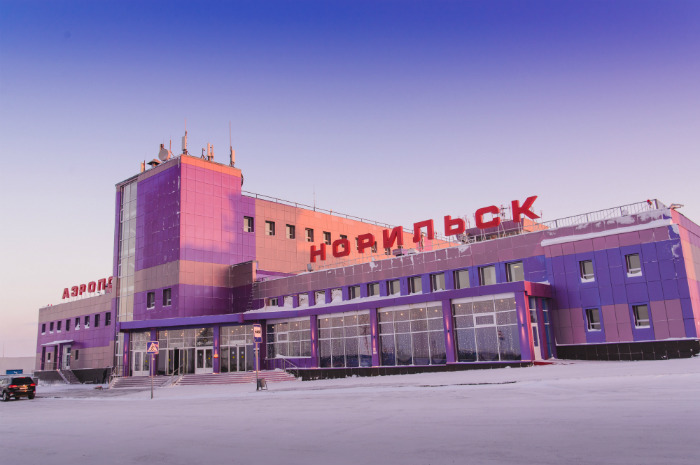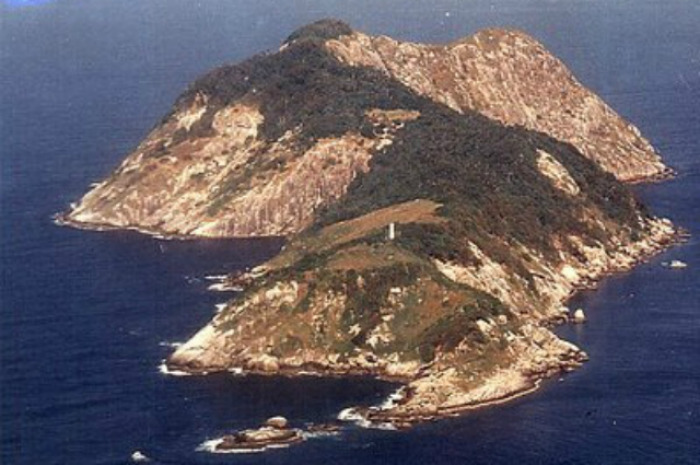World's Most Desolate Places
Unfavorable conditions are the reason many parts of the world remain unexplored or hidden from modern civilization. Such places are still a profound mystery. Even if they have a few inhabitants, they are not connected to the outside world.
Antarctica
Given that it's home to more than 90 percent of the earth's ice, Antarctica is suspect number one for this list. Still, it does have 66 scientific bases where researchers spend months, sometimes years, at a time. Life in Antarctica is difficult, at best. It's cold—Antarctica holds the record for lowest recorded temperature (-128.56 degrees Farhenheit) on Earth—it's dry—it's the largest dessert on earth, it's gusty (winds can reach more than 200 mph), and it's inaccessible—the continent was first reached by a human in 1911 when Roald Amundsen landed at the South Pole.
Danakil Depression, Ethiopia
Nearly as hot as Antarctica is cold, Ethiopia's Danakil Depression is no place for humans. National Geographic once deemd it the "cruelest place on Earth." This extremely dry region between Ethiopia and Eritrea is best described as desolate, although there are features like salt pans, mineral deposits and volcanoes. The only plants that grow here do so without much water. The Danakakill Depression only receives between 10-20 centimetres a year despite the harsh environment, humans do live here. The nomadic Afar people live here where they somehow manage to raise livestock.
Atacama Desert, Chile
When Hollywood needs footage from Mars, they film in this ethereal landscape stretching some 600 miles across Chile. With less than one inch of average annual rainfall, it's the driest non-polar place on the planet. Certain regions in the Atacama are so inhospitable not even a plant or insect can be found. Surprisingly, other areas within the desert are settled. More than one million people live in the Atacama's kinder parts. They've managed to introduce irrigation systems and learned how to source water for their families and livestock , mainly alpacas, elsewhere.
Deadvlei, Namibia
While you shouldn't judge a book by its cover, it's okay to judge a place by its name. Deadvlei, meaning "dead marsh" is a clay plan on the western edge of Namibia. The only signs of vegetation are the haunting skeletons of camel thorn trees that died nearly 1,000 years ago. Because of the extremely dry and hot climate, the trees have been unable to decay. Since it's located in Namib-Naukluft National Park, no one can live in Deadvlei, but they probably wouldn't want to anyway. For most of the year, the closest thing you get to seeing water is the sea of sand.
The Sahara Desert
It's very hot during the day and freezing cold at night. Wind sweeps the top-layers of sand in this "ocean of sand" into never ending waves. There were no roads, and just a few tire marks. Getting lost is realistic, unless you are with an experienced guide. This is one of the best, but also most dangerous, places to go camping in the world.
Coober Pedy, Australia
This is an underground city halfway between Alice Springs and Adelaide and is primarily a mining community. The few residents escape the harsh desert climate by living underground where they've dug out their own "holes" in the desert for living.
Death Valley, California
The main problem is the heat, which often reaches close to 130 degrees and can easily cause death. The average adult will need about four gallons of water to make it out unharmed, but dehydration is not the only concern. Death Valley is often deemed the world's hottest place. It's the lowest, driest, and hottest spot in the U.S. It holds the record for the highest reliably reported air temperatures – 134.06 degrees Fahrenheit – measured in 1913.
The Himalayas and the Tibetan Plateau
Can life survive on the "roof of the world"? A new study suggests that the earliest known settlements may have been formed around 62,000 years ago. Still, nowadays, few can endure the cold and arid place with an average elevation of over 14,760 feet and with just half the oxygen available at sea level.
The Empty Quarter, Oman
This is one of the world's largest and most famous deserts. It stretches northwards from Oman into Saudi Arabia, Yemen and up into the western UAE – bigger than France, Belgium and the Netherlands combined. Living there is not really possible since the bigger part of the place is huge swathes of dunes, interspersed with gravel plains and occasional salt flats, according to Rough Guides.
Yukon Territory of Alaska
The Yukon Territory is large enough to hold the states of California, Arizona, Delaware and West Virginia. Annual records report the average low temperature to be 10 degrees Fahrenheit. But in 1947 they reached an all-time low of about -81.4 degrees Fahrenheit. The highest temperature recorded in the Yukon is 96.98°F, recorded on June 14, 1969 at Mayo.
Pripyat, Ukraine
The small city of Pripyat was home to 49,000 residents until it was evacuated and abandoned following the Chernobyl disaster in 1986. Although the area remains uninhibited, the ghost town is overrun by nature and has been deemed safe to visit. Some outfitters there offer guided tours of the site. Trees grow in schools, piles of books can be found in libraries, and dolls can still be seen in kindergarten floors.
Norilsk, Russia
Locals in the northernmost city on Earth whose tolerate – 55°C (-67F) temperatures and two months of total darkness every year. Norilsk is located 250 miles north of the Arctic Circle; its average annual temperature is -10C (14F). Architects designed the city in a way that buildings are grouped together, forming enclosed courtyards, in order stop, or at least weaken, violent winds. The city is one of the most polluted with high concentrations of copper, nickel oxide and sulphur dioxide in the air. Norilsk's many factories and mines operate 24/7.
Ilha da Queimada, Brazil
Ilha da Queimada is an island ruled by animals. Popularly known as Snake Island, it is home to thousands of the some of the most venomous snakes in the world, Golden Lancehead Vipers. The Brazilian Navy has banned all civilians from the island, which is just 20 miles off the coast of São Paulo. There are between one and five snakes per 3 square feet.
